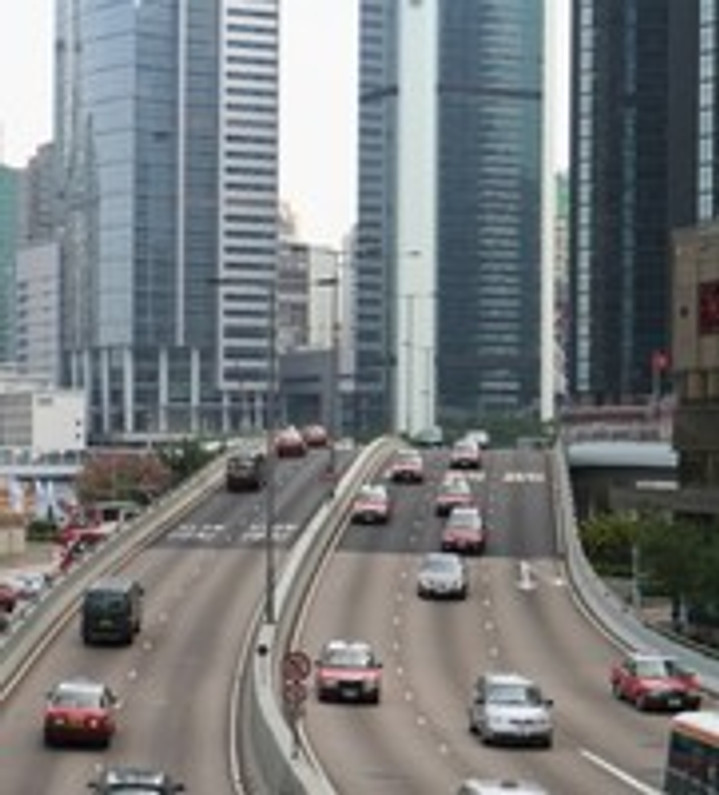Creating an Emergency Evacuation Plan For Your Family
Do you have an emergency evacuation plan in place to relocate your family and yourself out of harm's way? Disaster can strike to anyone at any given time, regardless of your regional location. According to the website PreventionWeb.com, there have been 640 natural disasters in the U.S. between 1980 and 2010, killing over 12,000 people while causing over half a trillion dollar in economic damage.
Some of the most common natural disasters in the U.S. include the following:
- Floods
- Droughts
- Tornadoes
- Hurricanes
- Wild fires
- Earthquakes
Even if you never use it, having an evacuation plan in place will give you and your family the peace of mind knowing that you'll be safe in the event of a natural disaster. Simply 'bedding down' when the state and/or federal government calls for an evacuation in your area is a serious mistake that places you directly in harm's way.
Mandatory vs Voluntary Evacuations
Evacuations by local and/or federal officials are broken down into one of two categories: mandatory or voluntary. Mandatory evacuations are only called in the most severe circumstances -- where there's a direct threat to residents' health and well-being. Voluntary evacuations, on the other hand, are typically called as a precautionary measure when officials believe there's a chance of residents being harmed.
How To Create an Emergency Evacuation Plan
- Decide how you and your family members will communicate with each other during the event of an evacuation. Cell phones are usually the preferred method, but towers may go down due to the massive demand of tens of thousands of residents trying to make calls at the same time.
- Choose a meeting place in the event that you are unable to contact your family members. This can be something as simple as your home, or it can be a nearby lake, park or some other landmark.
- Don't assume the highway is the best route out of danger. When evacuations are called, the most obvious routes are usually the ones with bumper-to-bumper traffic.
- Keep your vehicle's gas tank at least half full at all times. It's also not a bad idea to keep a portable can or container filled with additional gas.
- Familiarize yourself with alternate routes leading out of the city.
- Create an emergency supply kit to take with you during an evacuation.
- If time allows, secure your home by closing all windows and locking all doors.
- Check out the FEMA Communication Plan For Parents and Children.
Recent Posts
-
Fire Safety in the Workplace: What You Need to Know
What steps are you taking to prevent fires in your workplace? According to the U.S. Occupational Saf …Aug 23rd 2023 -
Is It Safe to Go Jogging With a Cold Infection?
If you're suffering from a cold infection, you might be wondering whether it's safe to go jogging. T …Aug 22nd 2023 -
5 Safety Tips to Follow When Using a Powder-Actuated Tool
Powder-actuated tools are commonly used to join materials to steel and concrete. Also known as Hilti …Aug 20th 2023




